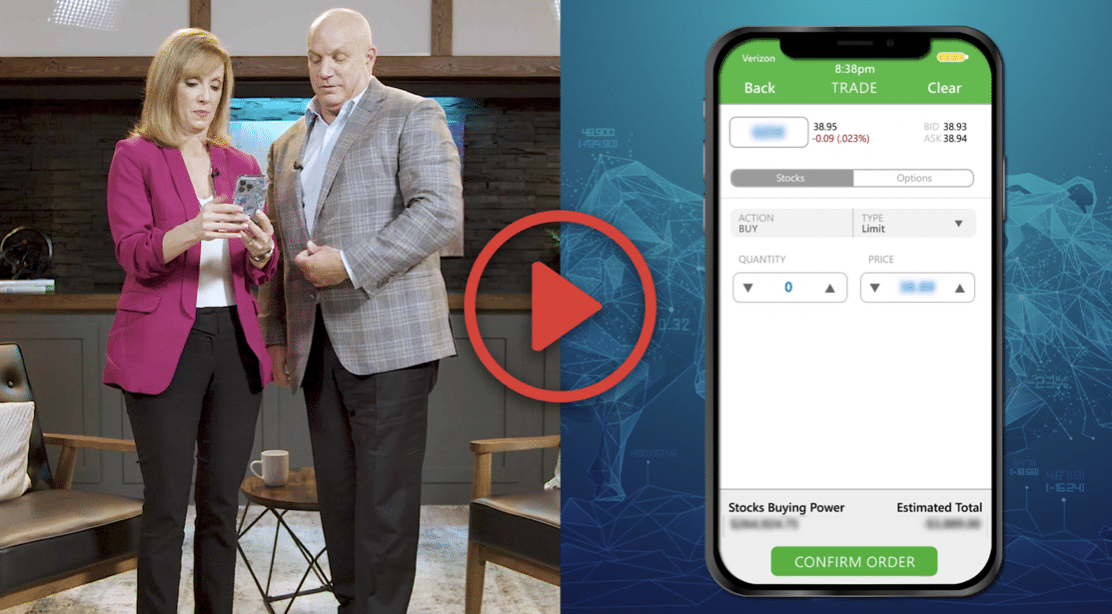Stocks ticked higher this morning as market participants awaited congressional testimony from Federal Reserve Chair Jerome Powell. Concerns about inflation and further interest-rate hikes have weighed on market sentiment recently. Investors will seek clarity from Powell on the Fed’s expectations for rate hikes and where the U.S. economy is headed. Treasury yields, which have surged in recent weeks, pulled back this morning.
Many of the pros on Wall Street predict continued volatility in the coming months as the dance between equities and bond yields intensifies. The big question now is – how do you make the most of what’s coming? Today we’ll discuss the risk-on/risk-off strategy that the pros on Wall Street use when they want to benefit from movement in both stocks and treasuries.
Global X Adaptive U.S. Risk Management ETF (ONOF) is designed to maintain exposure to the equity markets when the environment is positive and then move to a risk-off position when that trend reverses. The passively-managed portfolio provides exposure to the S&P 500 when conditions look favorable but rotates into 1-3 year Treasuries when market conditions look bad. The strategy seeks to mitigate the extent of drawdowns while remaining invested in equities as much as possible.
The methodology for this fund is a little more complicated than what you find in the typical ETF. The idea is that it looks at various technical indicators to make an allocation decision. The index is based on historical data from two short-term indicators: Moving Average Convergence Divergence (MACD) and the level of the CBOE Volatility Index (VIX), as well as two long-term indicators: 200-day Simple Moving Average (SMA) and market drawdown percentage.
The trigger threshold for each signal is based on a predetermined Z-score. If the portfolio is in equities, it takes three negative indicators to switch the exposure to Treasuries. Once in Treasuries, it takes two positive indicators to change to equities, thus, creating a higher hurdle to get out of the market than it is to enter. Based on the strategy, turnover in the portfolio should be higher than in a buy-and-hold approach.
[stock_market_widget type=”accordion” template=”extended” color=”#5679FF” assets=”ONOF” start_expanded=”true” display_currency_symbol=”true” api=”yf”]
You might also like:
- First Look: AI.Gov coming by July 22nd?
- Google did what!?!?
- Millions of Americans are going to be shocked as soon as June 30th
- Wall Street says BUY GOLD, but…
- VIDEO PROOF of Elon’s crazy new project
- Whitney Tilson Presents: “Amazon Helios”
- Elon’s Greatest Invention… Hidden in South Memphis?
- Controversial White House-backed energy find
- White House to reset Social Security?
- New discovery: 30,000 years of all-American energy?




















